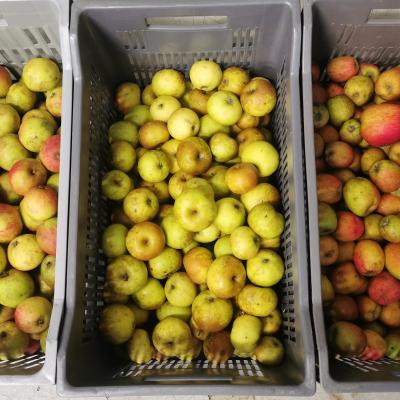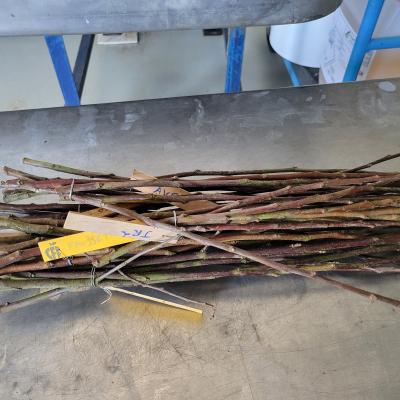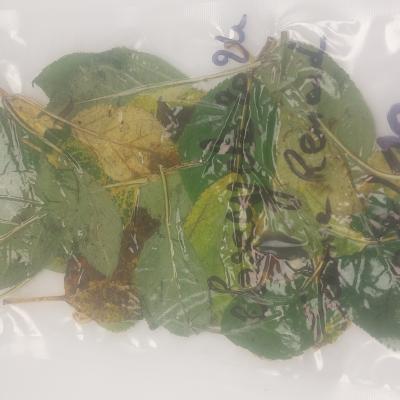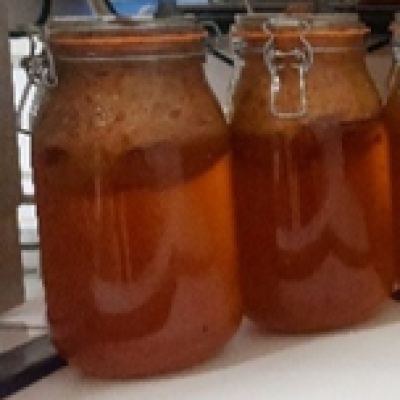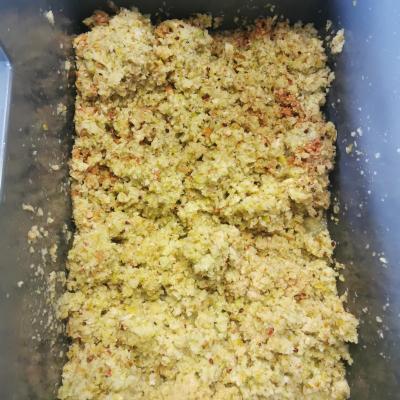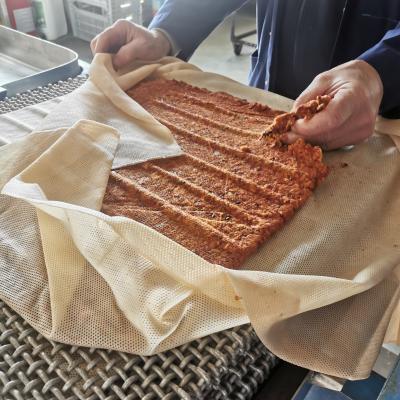In France, INRAE focused on the collection ánd polyphenolic characterization of various apple by-products. Including pomace, pomace cap (chapeau brun), pruning wood, and leaves. The by-products were collected and prepared from six cider apple varieties: Douce Coët, Douce Moën, Marie Ménard, Judor, Avrolle, and Jeanne Renard. Additional pomace samples were collected from local artisanal cideries and will be further characterized for their phenolic profiles.
At different moments in the season, the materials were collected:
- Pruning wood in January 2024 and January 2025.
- Leaves between October and November 2024.
- Apple pressing for juice production took place in December 2024, allowing the researchers to recover the pomace and produce the pomace cap (chapeau brun) during that time.
On the different by products, a polyphenolic profiling was carried out, using UHPLC. Resulting in an overview of their individual polyphenol composition. Also preliminary tests were carried out to extract polyphenols from the four cider industry by-products using an environmentally friendly method based on Natural Deep Eutectic Solvents (NADES).
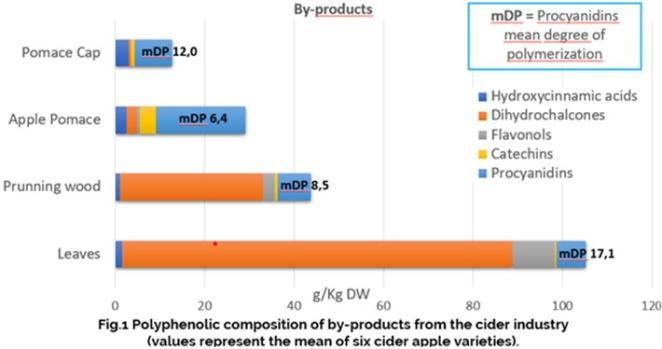
Key Insights (Eye-Openers)
This first year has resulted in interesting insights already.
- High polyphenol content remains in by-products
A significant amount of polyphenols is present in apple pomace (~30 g/kg) and pomace cap (~13 g/kg) after cider production. Primarily in the form of procyanidins (Fig. 1). This reveals a valuable source of bioactive compounds that are currently underutilized. - Leaves and pruning wood are highly concentrated sources
Leaves (>100 g/kg) and pruning wood (>40 g/kg) contain even higher polyphenol concentrations, with dihydrochalcones as the largely dominant compounds (Fig. 1). These parts of the plant, often discarded, may be among the richest sources of this very specific polyphenol class. - Variation in polymerization levels among by-products
The degree of polymerization of procyanidins varies across by-products, with the highest found in leaves (Fig. 1). This variation could influence the antioxidant properties and potential applications of the extracts. - Apple variety affects only certain by-products
While the apple variety has little impact on the polyphenol content of leaves and pruning wood, it significantly influences the concentrations in pomace and pomace cap (Fig. 2). This suggests that selecting specific apple varieties could optimize the valorization of certain residues. - Natural Deep Eutectic Solvents (NADES) extraction
Preliminary tests using a green NADES-based method successfully extracted polyphenols from cider by-products, demonstrating a sustainable strategy for valorizing agricultural waste with potential for industrial scale-up.

